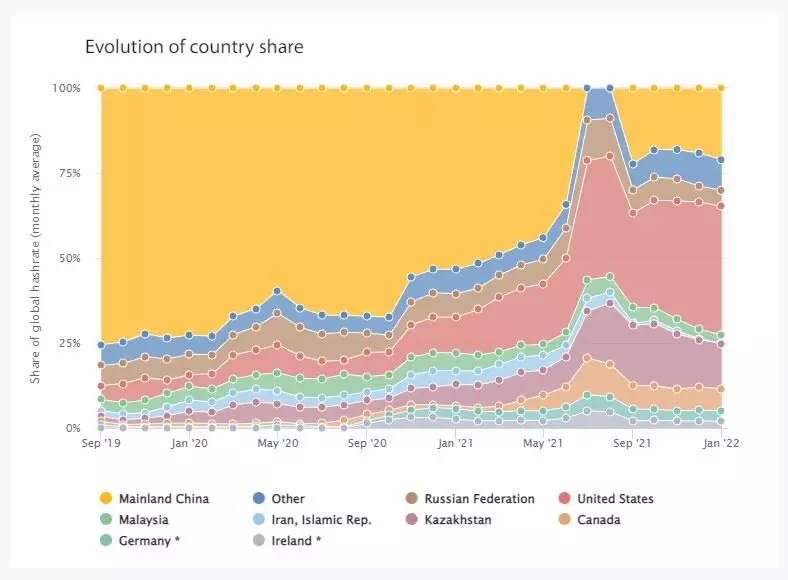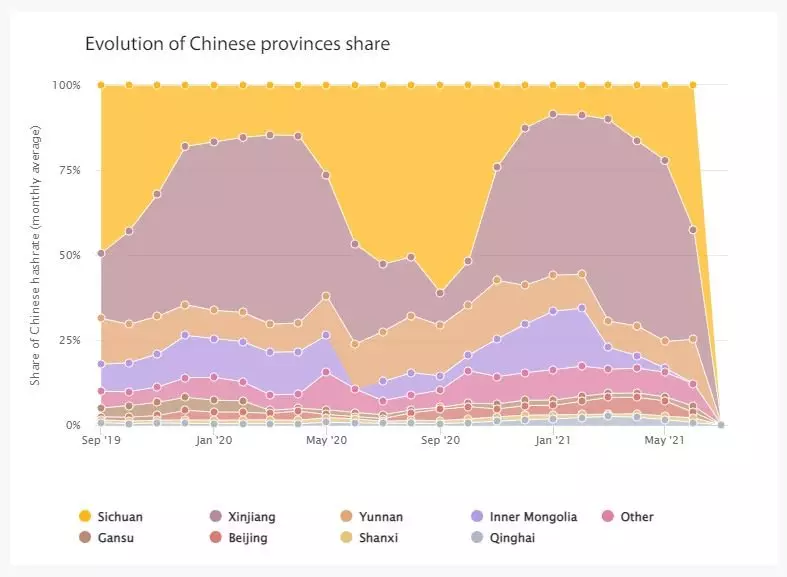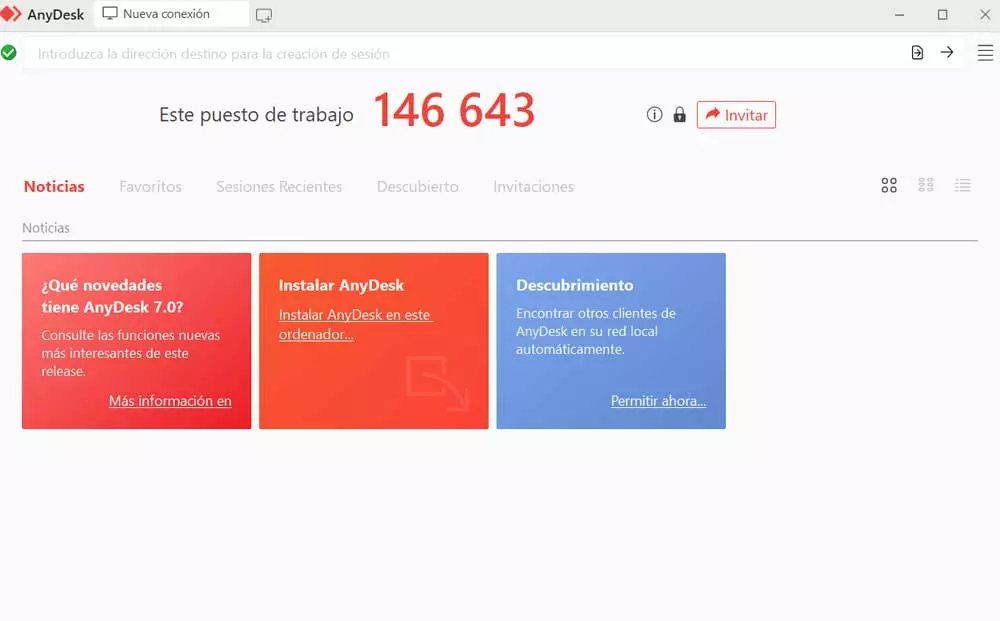
Last June, the ban on Bitcoin mining and cryptocurrencies in China was international news. This veto has two aspects, one being the impossibility of controlling these currencies and energy consumption. Well, it looks like the mining of Bitcoin, Ethereum and other cryptocurrencies is still present in China.
The action of the Asian giant may seem successful, but the reality is very different. Several generation plants in inland regions sold between 80-100% of the energy generated to these plants. The clearest case is that of a hydroelectric plant that supplied 100% of the energy generated to a mining farm, since it had no other claimant.
China already has 20% of the world hash rate of Bitcoin
Although the measure of ban bitcoin mining and other cryptocurrencies in China was seen as a negative. The uninformed media highlighted that it was a blow to Bitcoin and that it would crash. But many specialists in the field saw it as something positive, since it decentralized mining.
It could be seen in June 2021 as the Bitcoin mining hash rate fell as much as 60%, which evidenced a centralization problem. This could have generated a possible 51% attack and crashed the value of Bitcoin, although it would have been foolish. The measure has forced these farms to be moved to other countries, with the United States being the biggest beneficiary.

Bitcoin mining power worldwide
Months after the ban, the Bitcoin hash rate in China is 21.1% of the total. Moreover, in September 2021, there was a 23% hash rate in the Asian giant.
The data is from the Cambridge Bitcoin Electricity Consumption Index (CBECI) which must be taken with a grain of salt. We are talking about an index that is not very transparent and is based on multiple assumptions. Normally, this index is used to attack the mechanism of bitcoin proof-of-work consensus and accuse it of being highly polluting and the like.
At least we can estimate consumption knowing the type of ASICs for PoW (Proof-of-Work). It would be necessary to know how much the international banking system consumes, which at a utility level is more than questionable.

Bitcoin mining hash rate in the different regions of China
A ban that has had no impact in reality
Although the hash rate (network mining power) plummeted to 60%, that was in the early days. Currently, the mining power of Bitcoin exceeds the data for June 2021. It has taken about eight months to recover and exceed those values, something normal, since new installations have to be made and equipment moved.
The reality is that Bitcoin, except for a couple of blocks that took time to validate, has not suffered any problems. It’s because every 2016 blocks the difficulty of Bitcoin is adjusted, which is approximately every 14 days (blocks are generated every 10 minutes or so). Thus, if the hash rate goes up, it goes up and if the hash rate goes down, the difficulty goes down.
This mechanism made it possible to quickly adapt to the new paradigm and continue to function normally. It was a few days (less than a week, by the way) that there was a notable mismatch between hash rate and difficulty.
What this event has allowed us to see is the technical robustness of Bitcoin and blockchain technology. It has shown that it is a network that is proof against attempts to sabotage or manipulate it. Which, obviously, increases its value (do not confuse value with price)



